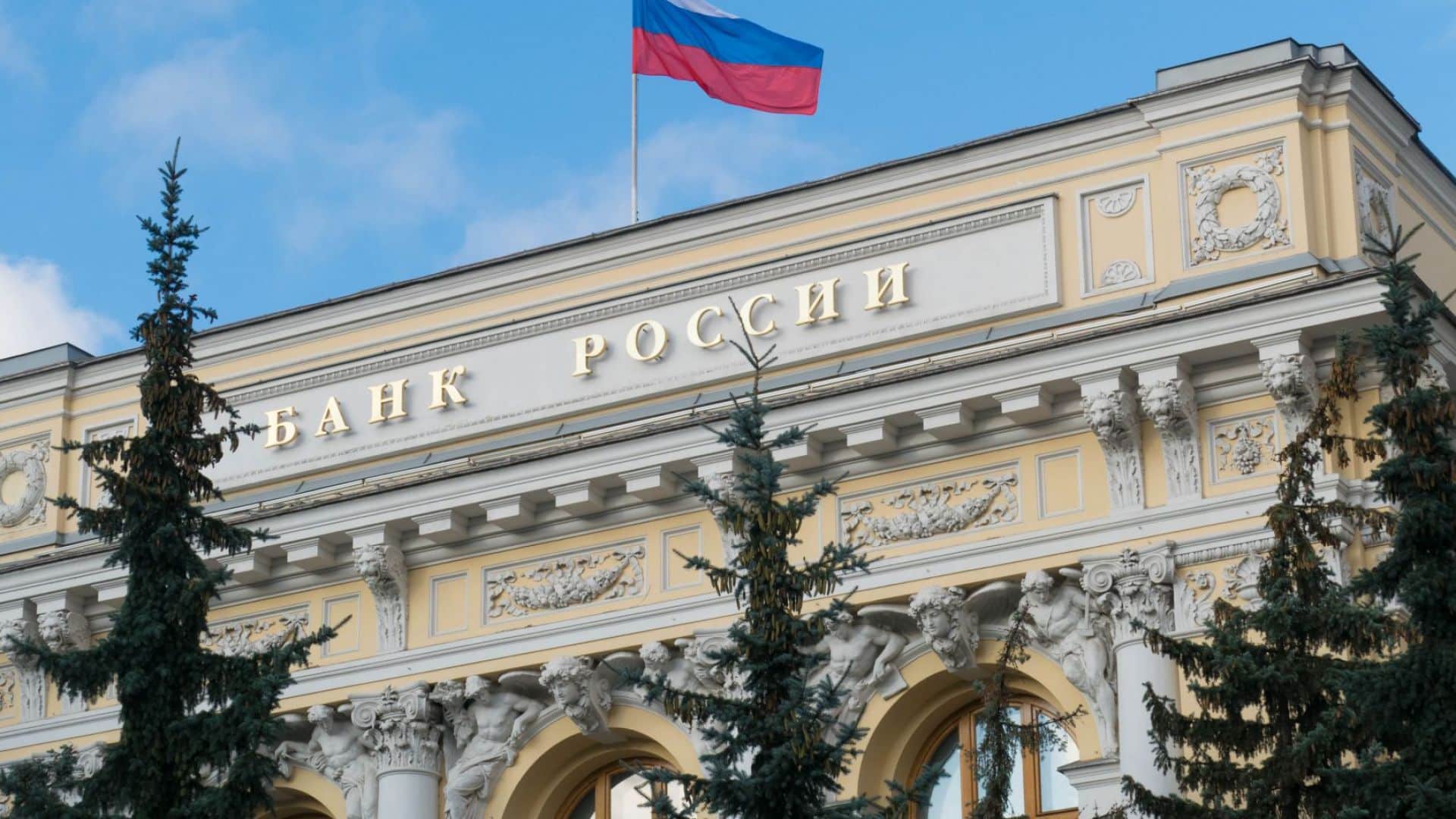Then all credit institutions will have to be connected to a new ruble platform.
Many central banks around the world are considering introducing digital currencies. But while the US Federal Reserve Board and the European Central Bank (ECB) are still investigating whether this is possible, the Russian Central Bank (RCB) is pursuing a more ambitious plan, Investing.com reports. called BTA.
The CBR has published a document indicating what the priorities of monetary policy will be between 2023 and 2025. It is clear from it that in just two years the digital ruble will already be available.
From 2024, all credit institutions will have to be connected to the new ruble platform. Thus, a wider range of payment options will be available, and the speed of transactions will increase significantly. In 2025, it is planned to include exchanges and non-banking organizations, as well as offline mode.
However, the central bank has now announced that the use of the digital ruble may be subject to restrictions in some circumstances. This may mean setting an upper limit on the rubles that can be deposited in only one portfolio. Transaction caps may also be introduced depending on the circumstances.
From the RCB’s point of view, the digital ruble should encourage already established banks to open bank accounts based on interest payments and bonus programs. However, according to critics, the stability of the banking system will be threatened, but the Central Bank does not expect a large outflow of capital.
The development of the system is already so advanced that a test stage with real transactions and users is scheduled for April.
Photo by Markus Spiske on Unsplash












